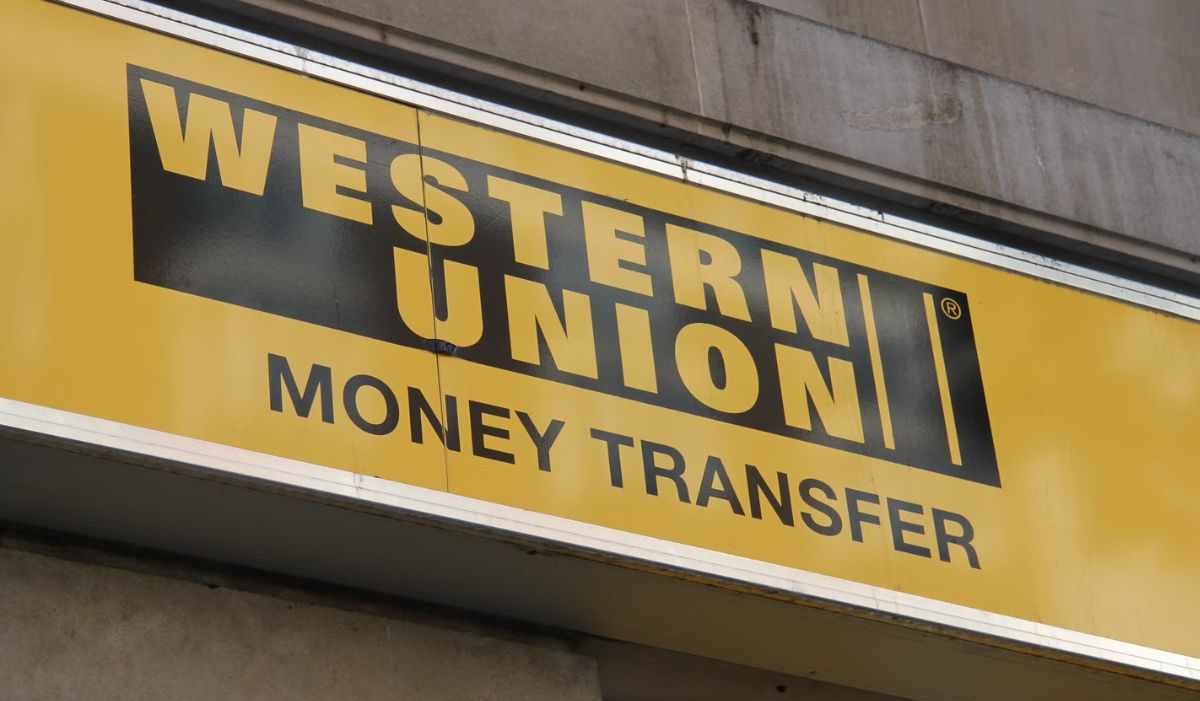Western Union Eyes Dollar-Backed Stablecoin to Speed Cross-Border Transfers

Western Union is considering entering the stablecoin market as part of a broader push to stay competitive in the fast-changing world of cross-border payments. CEO Devin McGranahan revealed in a recent interview that the money transfer giant is exploring the launch of its dollar-backed stablecoin, initially targeting non-U.S. markets where regulations permit.
McGranahan described the potential stablecoin as “almost like a savings account in U.S. dollars” for customers in countries facing currency volatility. The move comes just weeks after the U.S. government introduced new laws aimed at integrating stablecoins into the mainstream financial system, creating fresh opportunities for remittance companies.
Currently, Western Union relies on partner banks to process international transfers—a system that can take two to three days. A stablecoin, however, could make transactions significantly faster by bypassing traditional banking rails. Competitors have already been making similar moves: PayPal has launched its dollar-backed coin and integrated it into Xoom, Circle is expanding its USDC footprint globally, MoneyGram allows USDC transfers and is eyeing operational use, and Remitly now offers a multi-currency wallet that supports both fiat and crypto.
Western Union’s market performance has been under pressure, with shares down around 27% since January. Analysts at Capstone have even floated the possibility of the company being acquired by a major crypto player like Circle, which went public in June. McGranahan didn’t dismiss the idea, saying the company would “entertain” an offer that reflects its true value.
If Western Union moves forward, it may partner with established crypto firms rather than build the token entirely in-house. The aim would be to give recipients the option to hold funds in a stable U.S. dollar-backed form, protecting their value from local currency depreciation. McGranahan added that the stablecoin could position Western Union as a bridge between digital finance and traditional banking, allowing customers to move seamlessly between both systems.





